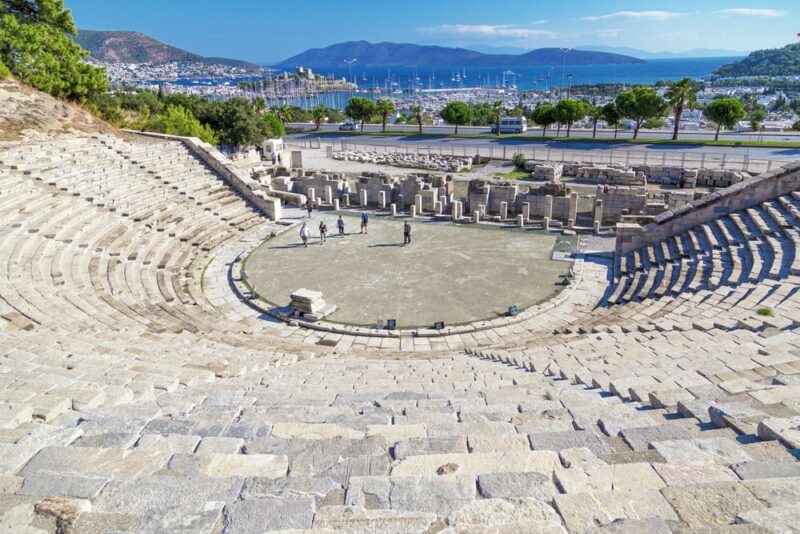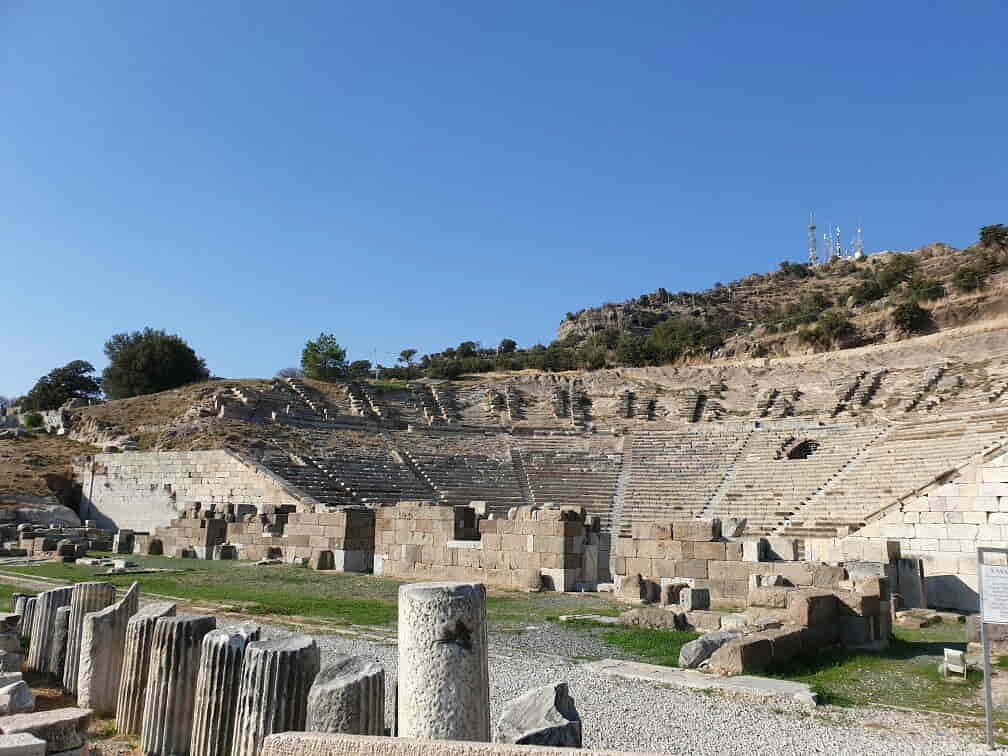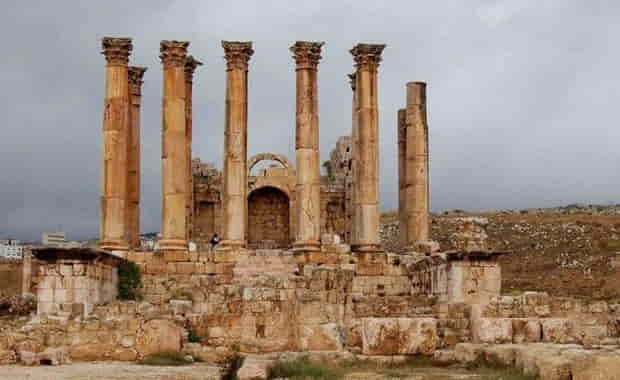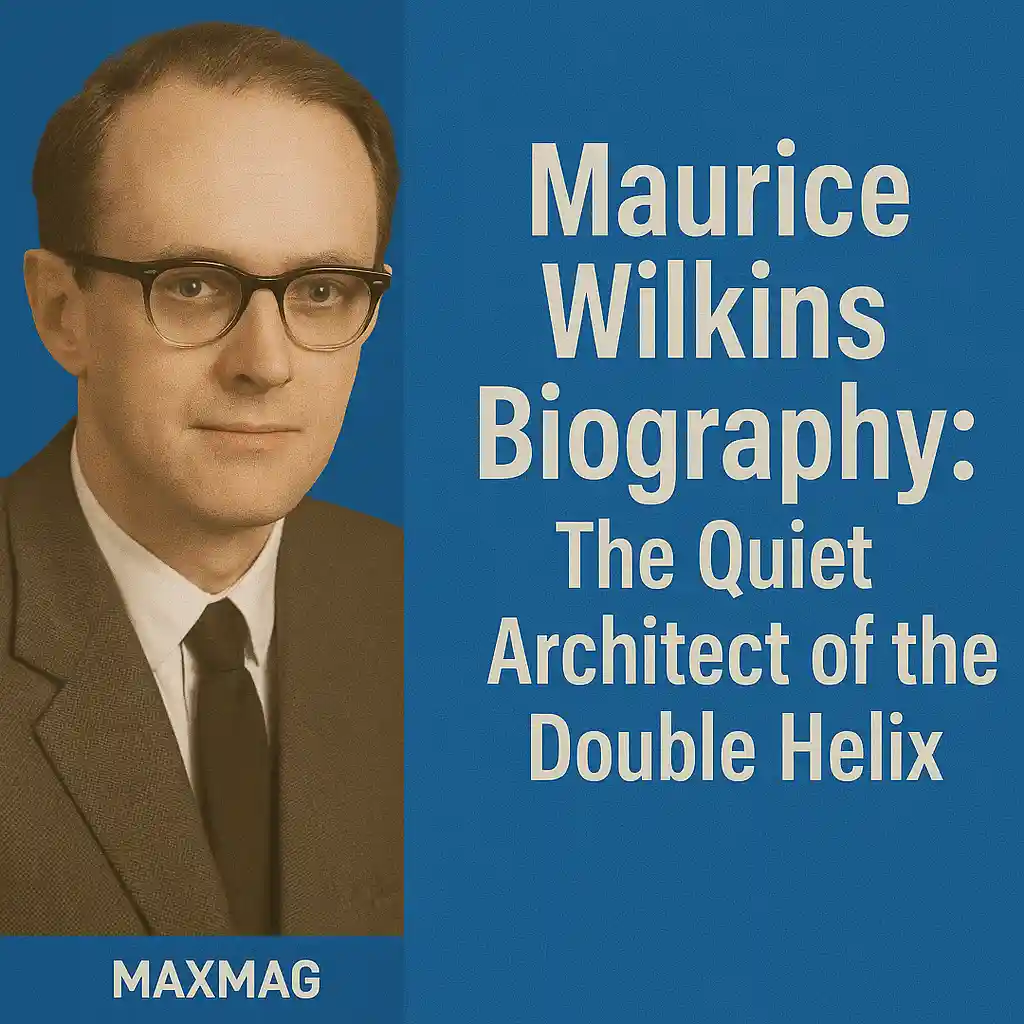
Tucked away in the heart of Crete, just a few kilometers from Heraklion’s city center, Nea Alikarnassos is more than just a suburb—it’s a vibrant community shaped by history, migration, and memory. The cultural heritage of Nea Alikarnassos is deeply rooted in the refugee experience following the Asia Minor Catastrophe, and it continues to define the town’s unique character to this day. Though often bypassed by tourists, this corner of Crete holds layers of living history waiting to be explored.
A Town Born from Displacement
The cultural heritage of Nea Alikarnassos begins with a tale of survival. After the Greco-Turkish War and the Asia Minor Catastrophe in 1922, thousands of Greeks were forced to flee their ancestral homes in Asia Minor. Among the refugees were families from ancient Halicarnassus (now Bodrum, Turkey), who were resettled on the island of Crete. In 1925, the foundations of Nea Alikarnassos were laid—its very name a homage to the lost homeland.
These early settlers brought with them a wealth of traditions, dialects, foods, and crafts. Over time, these elements blended with Cretan culture, forming a unique hybrid identity that still defines the town today.
Architecture That Tells a Story
At first glance, Nea Alikarnassos may seem like a typical modern town. However, if you stroll through its neighborhoods, you’ll notice modest refugee houses with distinctive architectural details—arched doorways, wooden shutters, and inner courtyards that whisper stories of another world. These homes were built not just for shelter but as anchors for displaced souls who refused to forget their origins.
The cultural heritage of Nea Alikarnassos is visible in the town’s layout, in small chapels built by refugee families, and in the communal spaces where generations have gathered for festivals, baptisms, and memorials.

Daily Life Rooted in Memory
Today, Nea Alikarnassos is a lively urban area with schools, shops, and squares full of children’s laughter. But under the surface of everyday routines lies a deep commitment to honoring the past. This is especially evident in local events commemorating the Asia Minor Disaster, where younger generations learn the songs, dances, and stories of their ancestors.
Residents often refer to themselves as descendants of “Halikarnassiotes,” proudly preserving their dual identity as both Cretans and Asia Minor Greeks. Cultural associations organize folk dance lessons, music evenings, and art exhibitions aimed at keeping these traditions alive.
The cultural heritage of Nea Alikarnassos is not locked in the past—it’s alive, taught, and celebrated by the people who live it every day.

A Community of Resistance and Renewal
One cannot discuss Nea Alikarnassos without mentioning its historical role as a center of resistance and political activism. During the post-war years and particularly during the Greek dictatorship (1967–1974), the town became a hub for dissent, with many locals participating in movements defending democracy and social justice.
Today, this spirit lives on through civic engagement and grassroots efforts to improve the community. Local youth clubs, arts initiatives, and social projects reflect the town’s enduring character—resilient, outspoken, and proud.
Places to Visit in Nea Alikarnassos
Though small, the town offers several cultural and historical points of interest for the curious traveler:
-
Asia Minor Cultural Center: A community-run center that houses artifacts, photographs, and oral histories from the refugee families who founded the town.
-
Refugee Memorial Square: A peaceful spot honoring those who made the journey from Asia Minor to Crete.
-
Local markets and bakeries: Offering traditional sweets like “moustalevria” and “goglies,” rare to find elsewhere on the island.
-
Church of Saint Nicholas: Built by early settlers and still in use today, it’s a spiritual cornerstone of the town.
All these spaces offer tangible ways to connect with the cultural heritage of Nea Alikarnassos.
Traditional Flavors That Endure
Cuisine is one of the most enduring carriers of memory, and in Nea Alikarnassos, food tells a powerful story. Influences from Asia Minor are evident in dishes like:
-
Soutzoukakia Smyrneika: Spiced meatballs in a rich tomato sauce
-
Pilaf with cinnamon and pine nuts: A flavor brought directly from the shores of ancient Caria
-
Sweet preserves and spoon sweets: Especially fig and quince, often served with Greek coffee during long conversations
These foods are passed down not just through recipes, but through lived experience—grandmothers teaching granddaughters, families gathering for Sunday meals. The cultural heritage of Nea Alikarnassos is literally savored at every table.
Living Heritage in a Modern Context
Despite its deep roots, the town continues to evolve. New generations bring fresh ideas while respecting the foundations laid by their ancestors. Educational programs in local schools ensure children know where they come from. Local government invests in community centers and art programs that bridge past and present.
In many ways, Nea Alikarnassos stands as a microcosm of modern Greece: grappling with history, thriving in diversity, and moving forward with dignity.
How to Get There
Nea Alikarnassos is only a 10-minute drive from downtown Heraklion and is located near Crete’s main airport, making it easy to access. It’s ideal for a half-day visit if you’re in Heraklion, especially for travelers interested in off-the-beaten-path cultural experiences.
For travel info and public transport schedules, visit the City of Heraklion Official Portal.
Outbound Links
-
Learn more about refugee history in Greece via the Hellenic Ministry of Culture.
-
Travel planning resources are available on Visit Greece.
Frequently Asked Questions
What is the historical origin of Nea Alikarnassos?
It was founded in 1925 by Greek refugees from ancient Halicarnassus (modern-day Bodrum), after the Asia Minor Catastrophe.
Is Nea Alikarnassos worth visiting as a tourist?
Absolutely. It’s ideal for those interested in history, culture, and authentic local experiences away from tourist crowds.
What kind of food can I try there?
You’ll find a delicious mix of Asia Minor and Cretan flavors—dishes like soutzoukakia, pilaf with pine nuts, and local desserts.
Is it accessible from Heraklion city?
Yes, it’s just a few kilometers from the city center and easily reached by car or public transport.
What’s the best time to visit Nea Alikarnassos?
Spring and early autumn are ideal, offering mild weather and plenty of cultural events.




